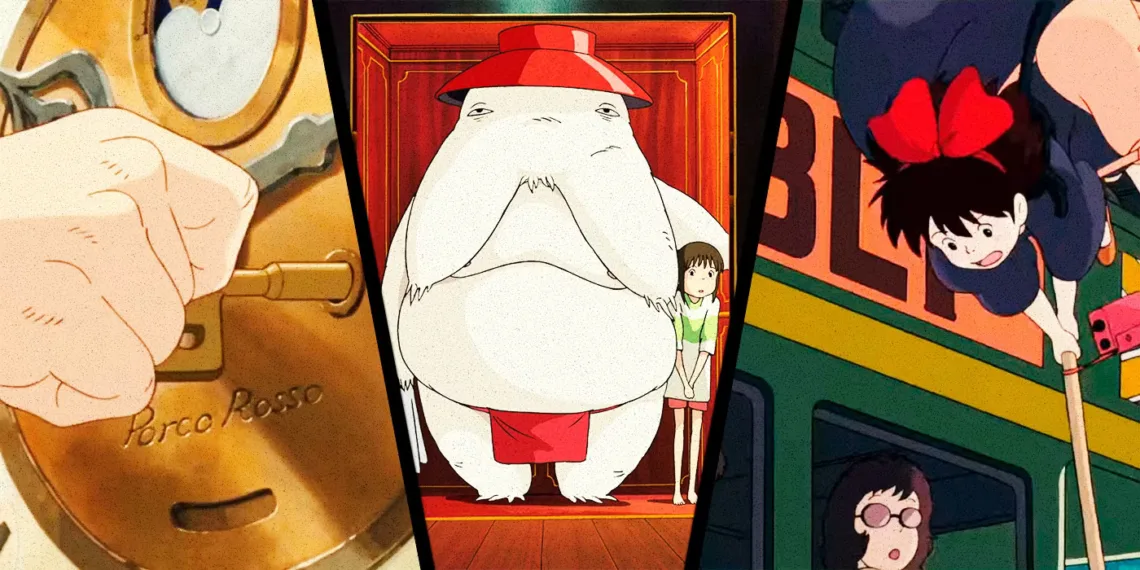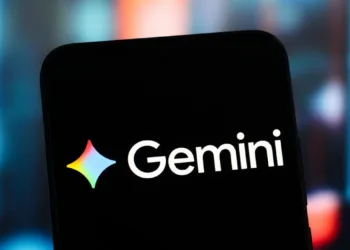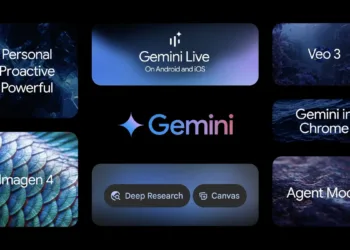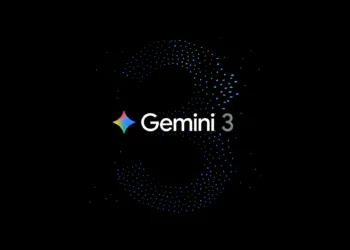As Studio Ghibli-inspired AI art floods social media feeds worldwide, a renewed fascination with the legendary Japanese animation studio has emerged among both longtime fans and newcomers alike. While most conversations about Studio Ghibli inevitably revolve around iconic films like “Spirited Away,” “My Neighbor Totoro,” and “Howl’s Moving Castle,” the studio’s impressive filmography extends far beyond these universally celebrated works. Founded in 1985 by animation visionaries Hayao Miyazaki, Isao Takahata, and producer Toshio Suzuki, Studio Ghibli has produced over 20 feature films, many of which remain criminally underappreciated despite their artistic brilliance and storytelling depth.
Table of Contents
These lesser-known gems showcase the studio’s remarkable versatility, from dialogue-free experimental animation to slice-of-life comedy and environmental fables. For those who have already experienced the studio’s most famous offerings, these six hidden masterpieces provide the perfect opportunity to dive deeper into the magical world of Ghibli’s unparalleled animation and discover stories that might resonate with you in unexpected ways.
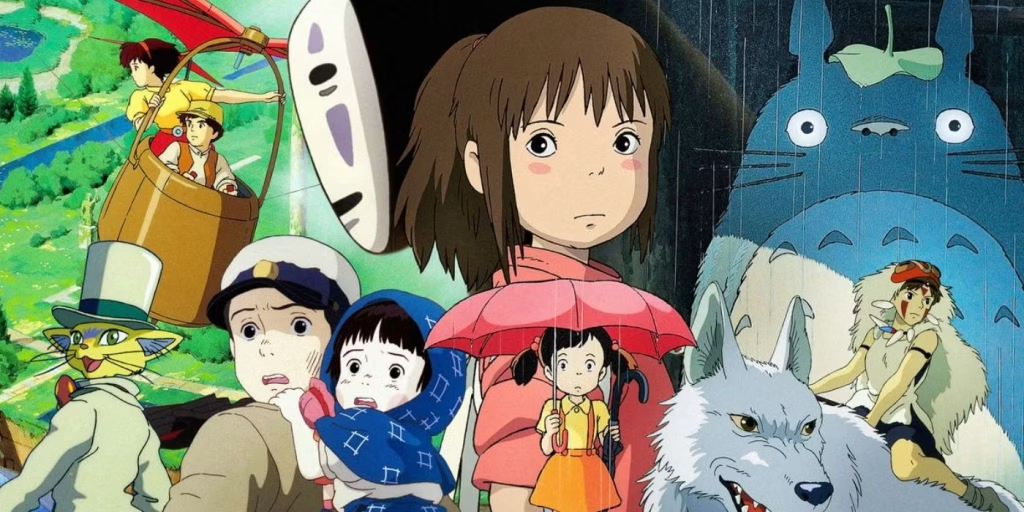
6 Underrated Studio Ghibli Films That Deserve More Recognition
Studio Ghibli’s celebrated status in animation history often overshadows some of its most innovative and captivating works that haven’t achieved the same level of mainstream recognition as films like “Spirited Away” or “Princess Mononoke.” Among these underappreciated masterpieces is “The Red Turtle” (2016), a truly unique entry in the Ghibli catalog that stands out for its complete absence of dialogue. This French-Japanese collaboration, directed by Michaël Dudok de Wit, tells the story of a shipwrecked man on a deserted island whose escape attempts are repeatedly thwarted by a mysterious red turtle.
What unfolds is a profound meditation on life, nature, and human connection, communicated entirely through breathtaking visuals and subtle storytelling. The film’s contemplative pace and environmental themes exemplify Ghibli’s artistic philosophy while taking a bold, experimental approach that deserves far more attention from animation enthusiasts.
Equally deserving of recognition is “Pom Poko” (1994), directed by Isao Takahata, which masterfully blends Japanese folklore with environmental commentary. This animated comedy-drama centers on a group of tanuki (Japanese raccoon dogs) fighting to protect their forest home from urban development. The film stands out for its educational elements about Japanese folklore, shape-shifting tanuki with magical abilities, and its unflinching look at environmental destruction.
What makes “Pom Poko” particularly special is its balance of humor and heartbreak—the tanuki’s mischievous attempts to scare away humans are genuinely funny, while the gradual loss of their habitat delivers a powerful environmental message that remains relevant today. The film’s willingness to present complex themes while maintaining its distinctive charm exemplifies why Ghibli’s lesser-known works often contain some of their most ambitious storytelling.
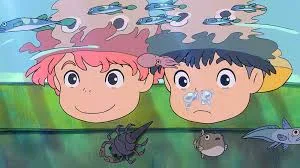
“From Up On Poppy Hill” (2011), directed by Goro Miyazaki (Hayao Miyazaki’s son), offers a refreshing departure from fantasy, instead presenting a nostalgic look at 1960s Yokohama, Japan. Following high school student Umi Matsuzaki and her efforts to save her school’s historic clubhouse from demolition, the film delivers a tender coming-of-age story against the backdrop of a nation rebuilding itself after war.
What makes this film special is its attention to historical detail and everyday moments—the preparation of meals, the cleaning of the clubhouse, and the gentle development of young love all unfold with the thoughtful patience that characterizes Ghibli’s approach to storytelling. While lacking the fantastical elements that often draw viewers to Studio Ghibli, “From Up On Poppy Hill” showcases the studio’s ability to find magic in ordinary life and human connections.
“My Neighbors the Yamadas” (1999) represents perhaps the studio’s most stylistic departure, adopting a minimalist watercolor aesthetic reminiscent of comic strips rather than Ghibli’s typically lush animation style. Directed by Isao Takahata, this slice-of-life comedy follows the everyday adventures and misadventures of the Yamada family—from losing a child in a department store to navigating family relationships. Structured as a series of vignettes rather than a continuous narrative, the film captures the humor, warmth, and occasional melancholy of family life with remarkable authenticity. Its unconventional structure and visual style demonstrate Studio Ghibli’s willingness to push creative boundaries while maintaining its commitment to heartfelt storytelling about human experiences.
| Film | Director | Year | Runtime | Unique Feature | Theme |
|---|---|---|---|---|---|
| The Red Turtle | Michaël Dudok de Wit | 2016 | 80 min | No dialogue | Man and nature relationship |
| Pom Poko | Isao Takahata | 1994 | 119 min | Japanese folklore elements | Environmental conservation |
| From Up On Poppy Hill | Goro Miyazaki | 2011 | 91 min | Historical setting (1960s Japan) | Heritage preservation |
| My Neighbors the Yamadas | Isao Takahata | 1999 | 104 min | Comic strip art style | Family dynamics |
| Mei and the Kittenbus | Hayao Miyazaki | 2002 | 13 min | Short film, Totoro sequel | Childhood wonder |
| Castle in the Sky | Hayao Miyazaki | 1986 | 124 min | First official Ghibli film | Adventure and technology |
For the true Ghibli enthusiast, “Mei and the Kittenbus” (2002) represents something of a holy grail—a 13-minute short film sequel to “My Neighbor Totoro” that can only be viewed at the Ghibli Museum in Mitaka, Japan. Directed by Hayao Miyazaki himself, this charming short follows young Mei as she befriends a tiny kitten version of the iconic Catbus from the original film.
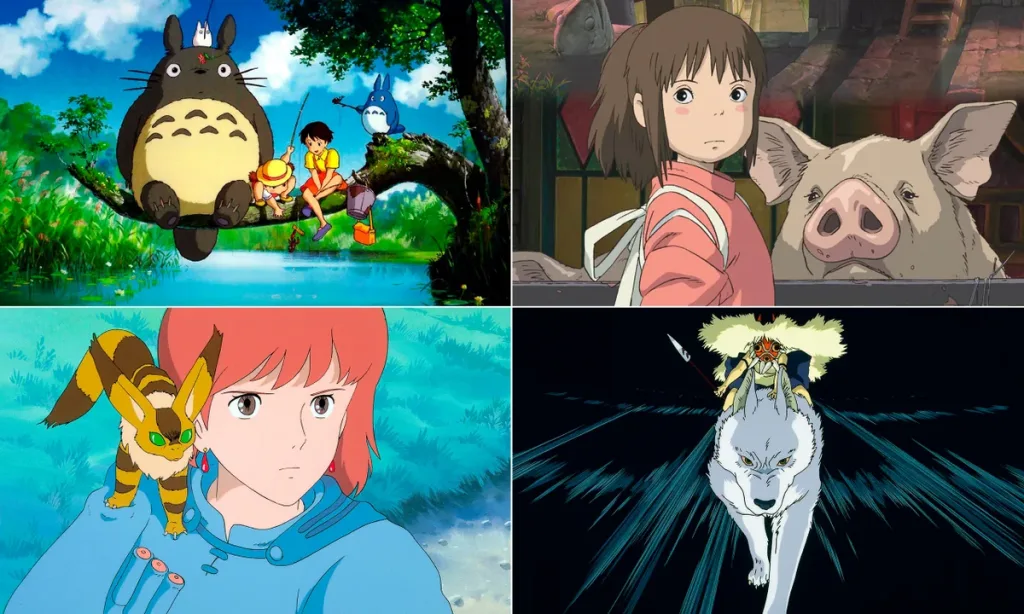
Together they embark on a magical adventure that includes a reunion with Totoro. The exclusive nature of this short film, unavailable on streaming platforms or home media, makes it perhaps the most literally “hidden” of Ghibli’s treasures, requiring a pilgrimage to Japan to experience. For fans of the original “Totoro,” knowing this continuation exists adds a special dimension to the Ghibli universe, even if they haven’t had the opportunity to view it yet.
While “Castle in the Sky” (1986) has gained more recognition in recent years, it still deserves mention as the first official film produced under the Studio Ghibli banner and a foundational text for understanding the themes that would define the studio’s later works. Directed by Hayao Miyazaki, this adventure follows Pazu and Sheeta’s quest to find the legendary floating city of Laputa while evading both pirates and government agents who seek Sheeta’s mysterious crystal amulet.
The film established many elements that would become Ghibli signatures—detailed flying machines, environmental themes, strong female characters, and a nuanced approach to antagonists. As the studio’s inaugural feature, “Castle in the Sky” represents the beginning of an unparalleled legacy in animation and provides fascinating context for appreciating how Studio Ghibli’s artistic vision evolved in subsequent decades.
Grok 3 Unleashed: Create Stunning Ghibli-Style AI Portraits for Free – No ChatGPT Needed!
Frequently Asked Questions
Where can I watch these lesser-known Studio Ghibli films?
Most Studio Ghibli films, including these lesser-known masterpieces, are available on major streaming platforms depending on your region. HBO Max holds exclusive streaming rights in the United States, offering almost the entire Ghibli catalog including “The Red Turtle,” “Pom Poko,” “From Up On Poppy Hill,” “My Neighbors the Yamadas,” and “Castle in the Sky.” For international viewers, Netflix streams the Studio Ghibli collection in most countries outside the US and Japan. The notable exception is “Mei and the Kittenbus,” which can only be viewed at the Ghibli Museum in Mitaka, Japan, as part of their exclusive short film rotation—making it unavailable on any home media or streaming platform.
For those who prefer physical media, most Ghibli films have received BluRay/DVD releases through distributors like GKIDS in North America and StudioCanal in Europe. These physical editions often include valuable bonus features like behind-the-scenes documentaries and director interviews that enhance appreciation of these works. Some public libraries also maintain collections of Studio Ghibli films, offering a free option for exploring these hidden gems.
How does Studio Ghibli create its distinctive animation style seen in these films?
Studio Ghibli’s distinctive animation style results from a commitment to traditional hand-drawn animation techniques combined with meticulous attention to detail and natural movement. Unlike many modern animation studios that rely heavily on computer-generated imagery, Ghibli maintains a workforce of skilled artists who draw frames by hand—a labor-intensive process that produces approximately 24 frames for each second of film. This commitment to craftsmanship allows for the fluid movement and emotional expressiveness that characterize Ghibli productions.
The studio’s distinctive visual elements include highly detailed backgrounds that often feature lush natural environments, realistic physics in movement (like fabric billowing or water flowing), and what fans call “Ghibli food”—incredibly appetizing depictions of meals that look good enough to eat. The animation process starts with storyboards drawn by directors like Hayao Miyazaki, who often personally checks thousands of individual drawings.
For films with unique stylistic approaches, like “My Neighbors the Yamadas” with its watercolor aesthetic or “The Red Turtle” with its minimalist design, the studio adapts its techniques while maintaining core principles of naturalistic movement and emotional authenticity. This blend of traditional methods with artistic innovation creates the unmistakable Ghibli look that makes even their lesser-known films instantly recognizable.

